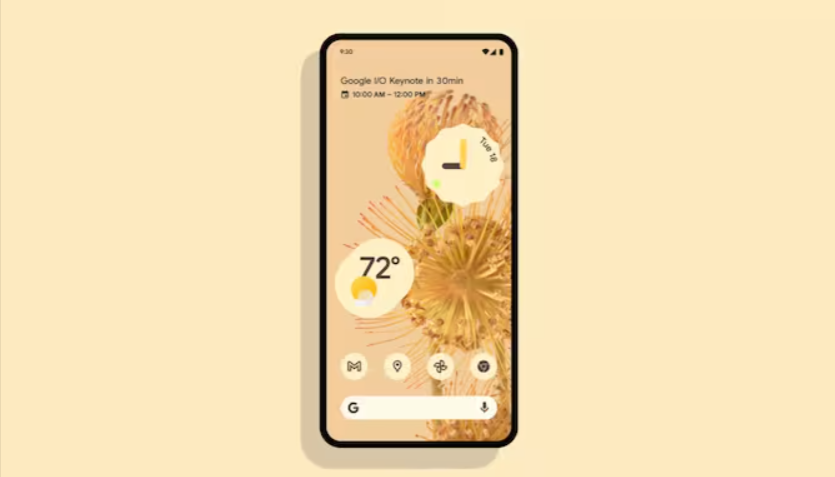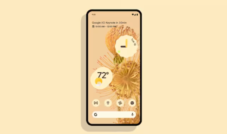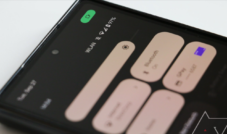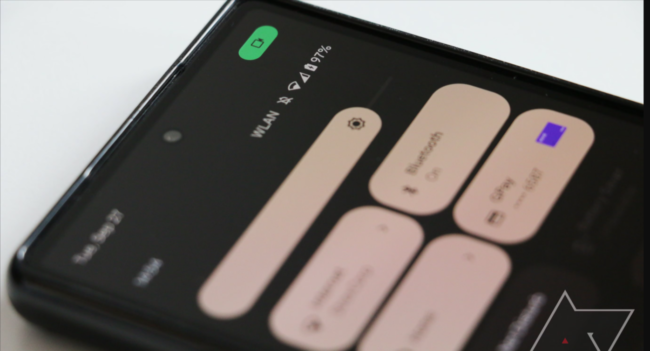
Beyond its own accessibility applications, Google offers a powerful API that allows developers to create tools for people with disabilities. The beta version of the Android accessibility suite, which was part of the fourth Beta Android 12 that recently arrived at Pixel phones, includes a new way to control your phone. “The camera switches”, essentially allow you to use facial gestures to complete a series of actions. For example, you can configure the application to detect when you smile or lift an eyebrow to open the notification panel or quick configuration. You can also open your mouth to scroll forward or backward. As detected by XDA developers, the update allows you to map around six gestures of the face for more than a dozen telephone controls. These can also be adjusted according to the size of the gesture to prevent the application from constantly initiating actions.
The camera switches are based on the switch access function in the Android accessibility suite, which allows you to interact with your device without using the touch screen. Depending on the context, this can be done using an external device, such as a keyboard, through a USB or Bluetooth connection, or by pressing the built-in buttons on your phone. In this sense, the camera switches carry the characteristic in a notch by introducing gestures to the mixture. Seeing that most people are already accustomed to unlock their phones with their face, the new additions should not seem completely strange.
While using camera switches, you will see a persistent notification icon that indicates that your camera is being used. However, as the Android Privacy Panel 12 already includes a state indicator for the camera and the MIC, this function may be unnecessary. XDA was also able to suspend the APK of the application to obtain the new function on Android 11.




